People in the west always ask this question: which one is better? Dry or wet dates? Due to the sad fact that Westerners have always been given the driest variety of dates, they have never been able to provide a satisfactory response to this query worth a million dollars. Our knowledge of dates is restricted to those that are found in white plastic trays at the grocery store, on the holiday table, or in the pantry of Grandma. In this piece, we will make an effort to address some of the causes that contribute to the rarity of fresh dates in the produce sections of most large grocery shops. But before we get into it, let’s speak about the ways in which fresh dates and their dried counterparts are different from one another. To understand the difference between harvesting dates and letting them ripen, it is necessary to get familiar with all three stages. It is made up of the following three components: A well-liked munchable, khalal also known as yellow crunchy dates. What you have been told is correct!  The dates are as shown below. These crunchy, yellow dates are of a rare variety that is only available seasonally and is offered in a variety of locations around the Middle East and the Mediterranean. The fruit is almost perfectly round and pale golden in color. The flavor is complex and understated, and the texture of the flesh is similar to that of an apple in that it is dense and crisp. The exceptional quality of this date is belied by its moderate level of sweetness. On the other hand, there is some bad news: the season for these dates is extremely brief (it only lasts for a few weeks between (Aug-Sept). The dates have reached the second stage, known as “Rutab,” when they have turned a light brown color and are totally ripe. Because they have a flavor that is similar to caramel and melts on your tongue, they are often referred to as the candy of the natural world. Everyone of any age can benefit from using them. Rutab, to reiterate, has a relatively short shelf life; however, it can be stored for up to two years if it is frozen beforehand. Dates are at their most dry during the third stage, which is known as the Tamr stage.
The dates are as shown below. These crunchy, yellow dates are of a rare variety that is only available seasonally and is offered in a variety of locations around the Middle East and the Mediterranean. The fruit is almost perfectly round and pale golden in color. The flavor is complex and understated, and the texture of the flesh is similar to that of an apple in that it is dense and crisp. The exceptional quality of this date is belied by its moderate level of sweetness. On the other hand, there is some bad news: the season for these dates is extremely brief (it only lasts for a few weeks between (Aug-Sept). The dates have reached the second stage, known as “Rutab,” when they have turned a light brown color and are totally ripe. Because they have a flavor that is similar to caramel and melts on your tongue, they are often referred to as the candy of the natural world. Everyone of any age can benefit from using them. Rutab, to reiterate, has a relatively short shelf life; however, it can be stored for up to two years if it is frozen beforehand. Dates are at their most dry during the third stage, which is known as the Tamr stage. Dates collected during this time of year often have wrinkled skin and a dark brown tint when they are ready for sale in grocery stores. The fact that Tamr Dates have a shelf life that can range anywhere from 18 months to two years is a major selling point for these dates. When dates are collected between stages 1 and 2, they have the greatest amount of moisture and taste the most like fresh fruit. This is the stage at which they should be branded as fresh. They are rarely seen in Europe because of the fact that they are so perishable, that they are difficult to move, and they are expensive to maintain. In addition, the vast majority of people have never consumed fresh dates; the majority of people have only ever eaten dried dates, such as Medjool or Deglet Nour. As a result, the lack of demand is mostly attributable to the fact that people aren’t familiar with fresh dates. For pregnant women who are past their due dates, dried dates have many advantages. Their high fiber content can aid in preventing constipation and other digestive issues that pregnant women frequently face. Furthermore, dried dates have long been regarded as the best alternative for naturally starting labor.
Dates collected during this time of year often have wrinkled skin and a dark brown tint when they are ready for sale in grocery stores. The fact that Tamr Dates have a shelf life that can range anywhere from 18 months to two years is a major selling point for these dates. When dates are collected between stages 1 and 2, they have the greatest amount of moisture and taste the most like fresh fruit. This is the stage at which they should be branded as fresh. They are rarely seen in Europe because of the fact that they are so perishable, that they are difficult to move, and they are expensive to maintain. In addition, the vast majority of people have never consumed fresh dates; the majority of people have only ever eaten dried dates, such as Medjool or Deglet Nour. As a result, the lack of demand is mostly attributable to the fact that people aren’t familiar with fresh dates. For pregnant women who are past their due dates, dried dates have many advantages. Their high fiber content can aid in preventing constipation and other digestive issues that pregnant women frequently face. Furthermore, dried dates have long been regarded as the best alternative for naturally starting labor. A limited amount of research indicates that consuming dates in a variety of forms may reduce the need for medical inductions. Iron is abundant in dried dates. People who consume inadequate amounts of iron frequently feel fatigued, and iron deficiency is a prevalent condition. Dried dates’ high iron level and their carbohydrate composition can help give you a boost in energy. Although dried dates are a good source of fiber, minerals, and antioxidants called polyphenols, they can also cause issues for some people. The high quantities of sulfites (chemicals present in some foods) that dried dates possess are a further cause for concern. Sulfites can cause a number of negative side effects in some individuals who are sensitive to them. Before using dried dates as a health supplement, it’s critical to speak with your doctor. There are 110 calories in only two dried dates. This makes them a fantastic option for a high-energy trail mix, but less recommended for weight loss.
A limited amount of research indicates that consuming dates in a variety of forms may reduce the need for medical inductions. Iron is abundant in dried dates. People who consume inadequate amounts of iron frequently feel fatigued, and iron deficiency is a prevalent condition. Dried dates’ high iron level and their carbohydrate composition can help give you a boost in energy. Although dried dates are a good source of fiber, minerals, and antioxidants called polyphenols, they can also cause issues for some people. The high quantities of sulfites (chemicals present in some foods) that dried dates possess are a further cause for concern. Sulfites can cause a number of negative side effects in some individuals who are sensitive to them. Before using dried dates as a health supplement, it’s critical to speak with your doctor. There are 110 calories in only two dried dates. This makes them a fantastic option for a high-energy trail mix, but less recommended for weight loss.  Try alternative dried fruit varieties that are higher in nutrients but lower in calories than dried dates if you’re trying to lose weight for health reasons. By gaining information about the benefits of each wet or dry date you can make an appropriate decision to make dates include in your diet.
Try alternative dried fruit varieties that are higher in nutrients but lower in calories than dried dates if you’re trying to lose weight for health reasons. By gaining information about the benefits of each wet or dry date you can make an appropriate decision to make dates include in your diet.
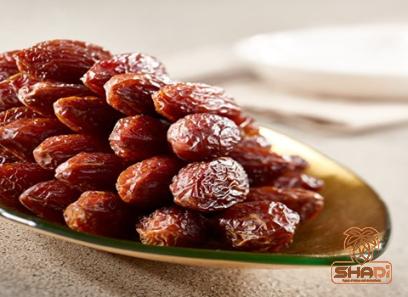
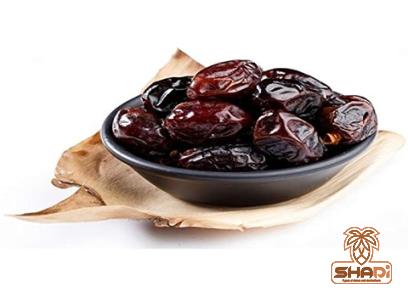
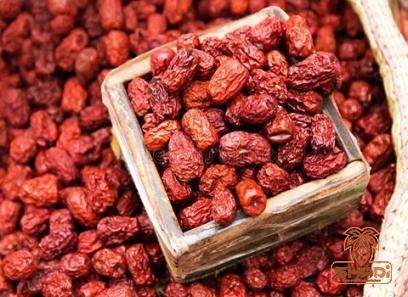
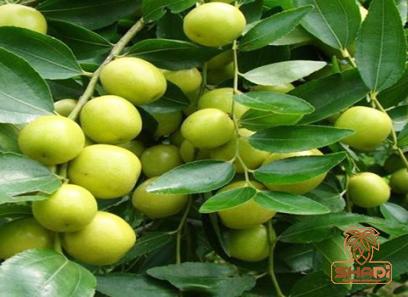
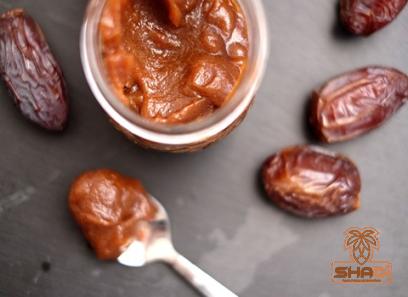
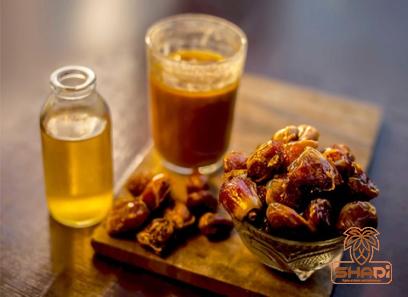
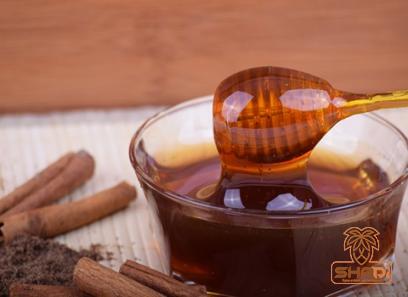
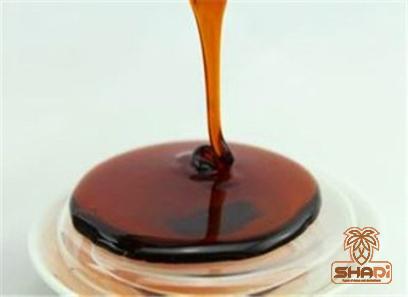
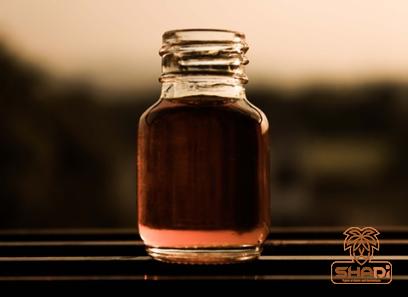
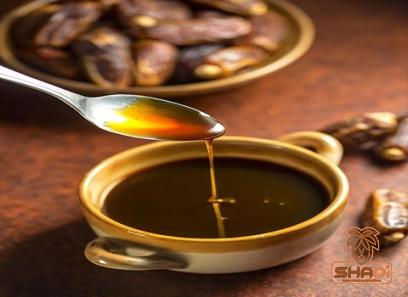
Your comment submitted.